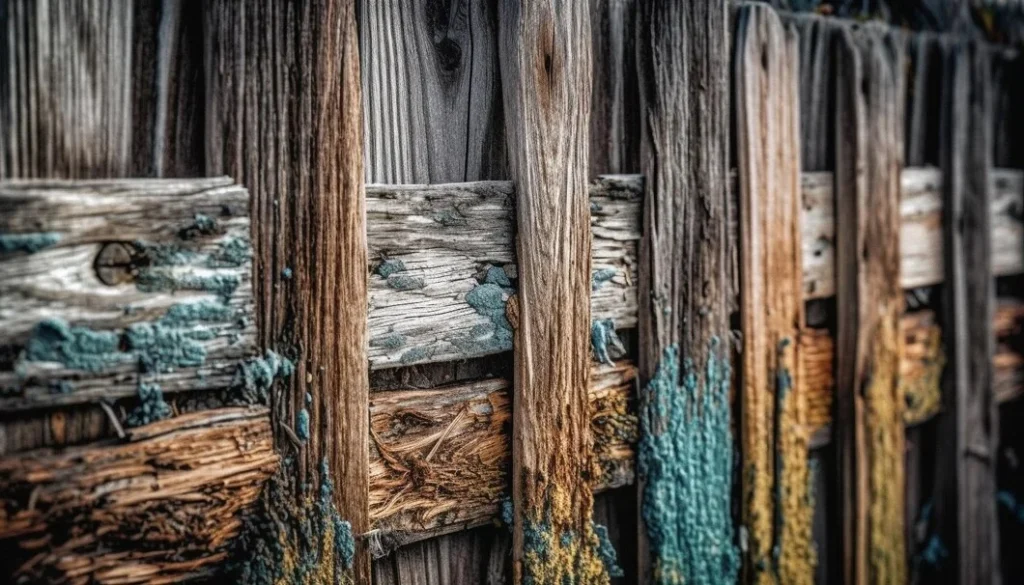Your Healing Timeline: How Tattoos and Piercings Heal Differently (and What That Means for You)

Getting a tattoo or piercing is just the beginning. What happens after you leave the studio—how your body heals, how you care for it, and how patient you are—can determine the final result just as much as the application itself.
Although tattoos and piercings both involve modifying your body, they follow very different healing processes. One is essentially a controlled skin abrasion; the other is an open wound with a foreign object passing through tissue. Both require care—but the timelines, sensitivities, and aftercare priorities vary significantly.
Whether you’re heading to a tattoo shop for new ink or visiting your favorite piercing shop for a fresh adornment, here’s a guide to how the healing journey unfolds—and how to support it every step of the way.
Day One: The Aftermath
Tattoo
Immediately after your tattoo is completed, the artist will wipe down the area, apply ointment, and cover it with a bandage or wrap. The skin may feel warm, tight, or slightly swollen. Some redness and pinpoint bleeding is normal.
You’ll usually be told to:
- Leave the wrap on for a few hours
- Wash gently with fragrance-free soap
- Apply a thin layer of recommended ointment or lotion
The tattoo will begin to weep excess ink and plasma—a sign that your body is kicking off the healing process.
Piercing
After a piercing, the area around the jewelry may be red, sore, or slightly swollen. You’ll receive instructions for cleaning (usually with saline solution) and advised not to rotate or remove the jewelry.
Early bleeding or crusting around the entry points is common and usually subsides within a day or two.
Week One: Managing Inflammation and Initial Healing
Tattoo
By now, your tattoo may start to scab lightly and feel itchy. Avoid picking or scratching—this is your body forming a natural barrier. During this phase:
- Keep it clean but avoid overwashing
- Moisturize sparingly to prevent buildup
- Avoid soaking, swimming, or heavy sweating
You might notice your tattoo looking slightly dull or “cloudy”—this is normal and temporary.
Piercing
Piercings will continue to be sore and possibly swollen. The jewelry should remain untouched aside from cleaning. You’ll need to:
- Clean with sterile saline solution once or twice a day
- Avoid sleeping on the piercing
- Watch for signs of unusual discharge or prolonged swelling
This period is critical for avoiding infection, especially in areas prone to movement like the nose, ear, or navel.
Weeks 2–4: Surface Recovery vs. Subsurface Healing
Tattoo
During the second and third week, the scabs begin to flake and fall away naturally. The skin underneath might appear shiny or overly pink. Most tattoos look “healed” at this point—but deeper layers of skin are still regenerating.
Even though surface healing is nearly complete:
- Continue gentle moisturizing
- Stay out of direct sun
- Avoid exfoliating the area
Most tattoos take about 3–4 weeks to heal fully on the surface, though complex pieces or heavily shaded areas might need longer.
Piercing
This is where tattoos and piercings part ways.
While tattoos begin to settle by week four, piercings are still in the early stages of healing beneath the skin. The outer entry points might look calm, but internal tissue is still fragile.
During this phase:
- Keep up with saline soaks
- Avoid changing jewelry
- Be cautious of snags, pressure, or contamination
Depending on the location, piercings may still react to sleeping pressure or accidental bumps—even if the pain has faded.
Month Two and Beyond: The Long Game
Tattoo
By this point, a healed tattoo should be smooth to the touch, with skin tone returning to normal and details appearing crisp. At around 6–8 weeks, it’s considered fully healed across all layers.
That said, your tattoo’s long-term appearance still depends on:
- UV protection (use sunscreen religiously)
- Skin hydration
- Avoiding trauma to the area
Any unusual redness or swelling after this point could indicate irritation or sensitivity—not part of normal healing.
Piercing
Here’s where the biggest difference lies: piercings heal much more slowly.
Estimated healing times:
- Earlobe: 6–8 weeks
- Nostril: 2–3 months
- Cartilage (helix, tragus): 4–9 months
- Navel: 6 months to 1 year
- Eyebrow, lip, nipple: 2–4 months
Piercings may seem “healed” from the outside far earlier than they truly are. Changing jewelry too soon, touching without clean hands, or skipping cleanings can restart inflammation or cause complications like bumps or keloids.
Patience is essential—this isn’t a race, it’s a process.
Different Healing = Different Habits
Because healing timelines vary, the lifestyle impacts do too.
Tattoos
- Avoid swimming or long baths for 2–3 weeks
- Stay out of the sun for at least 4 weeks
- Wear loose clothing to reduce friction on new ink
- Delay high-impact workouts that stretch or twist the tattooed area
Piercings
- Stick to loose hairstyles, especially for ear and facial piercings
- Avoid heavy headphones or tight clothing that presses against healing sites
- Sleep on the opposite side if possible
- Do not twist, turn, or switch jewelry—even if the piercing feels fine
Understanding that each body mod heals on its own timeline makes you a more mindful client—and helps you avoid unnecessary visits back to the Miami tattoo shop for preventable issues.
When to Call Your Studio
It’s completely normal to have questions as you heal. Reach out to your studio if you experience:
- Persistent redness or swelling after several days
- Foul-smelling discharge
- Raised bumps or irritation around a piercing
- Scabbing that’s thick, yellow, or leaks pus
- Tattoo lines that appear raised or scaly long after healing
Studios like Iris Tattoo & Piercings Miami are happy to provide guidance when something doesn’t feel quite right—and catching issues early often prevents larger problems later on.
Final Thoughts: Respect the Recovery
Getting a tattoo or piercing may take minutes or hours—but the healing journey lasts much longer. And the more you respect that process, the better your results will be.
Understanding the difference between how tattoos and piercings heal means adjusting your habits, managing your expectations, and caring for your body with intention.
So whether you’re getting inked for the first time or adding a new stud to your collection, healing isn’t an afterthought. It’s part of the art.

Power Up Anywhere: The Ultimate Battery for Camping Adventures

How to Plan an Axe Throwing Brentwood Party?

Switch to Solar: Discover the Power of Zonnepanelen in Roosendaal

Kate Middleton: A Royal Leader with a Vision for Social Change

Love2Love.lv: Your Ultimate Guide to Finding True Connection

Stay Powered Anywhere: The Ultimate Solar-Powered Backup Generator for Reliable Off-Grid Energy

Wage Protection System in UAE - Guest Blog

Plantation Shutters vs. Traditional Shutters: What’s the Real Difference?








